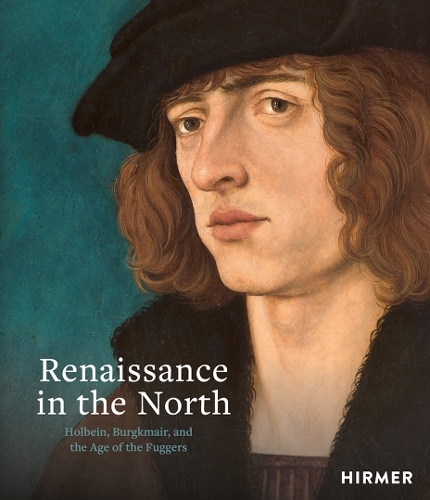
Renaissance in the North: Holbein, Burgkmair, and the Age of the Fuggers
(Hardback)
Publishing Details
Renaissance in the North: Holbein, Burgkmair, and the Age of the Fuggers
By (Author) Guido Messling
Edited by Jochen Sander
Hirmer Verlag
Hirmer Verlag
16th April 2024
28th December 2023
Germany
Classifications
General
Non Fiction
European history
759.430902
Physical Properties
Hardback
360
Width 240mm, Height 280mm
2060g
Description
Illustrious turning point - Augsburg as the centre of the German Renaissance. Hans Holbein the Elder and Hans Burgkmair are regarded alongside Albrecht Drer as the forerunners of Renaissance painting in Germany. The prosperous Imperial and trading city of Augsburg was an important centre during this artistic golden age. By means of high-quality works this volume presents a comprehensive insight into the epochal revolution from the Middle Ages to the modern age. Augsburg was influenced by the humanist culture of Italy from an early stage. Thanks to the art-loving trading houses with international operations like the Fuggers, as well as the long sojourns of Emperor Maximilian I and the frequent Imperial diets, the city offered artists like Holbein the Elder and Burgkmair an ideal setting for the development of a new form of art. Together with the works of Drer, Holbein the Younger and others, many of their most important works bear witness to the highly fertile and yet contrasting ways in which the two artists adopted the Italian Renaissance.
Author Bio
Guido Messling is the curator for German Painting in the Gallery of Painting at the Kunsthistorisches Museum in Vienna. Jochen Sander is the deputy director and head of collections for Dutch, Flemish and German Painting before 1800 at the Stdel Museum in Frankfurt.
